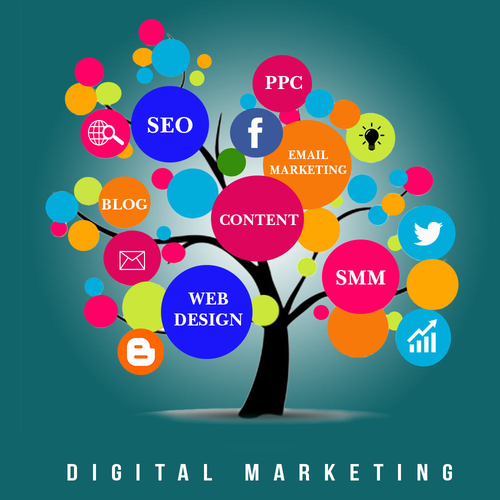Table of Contents
- What is Digital Marketing?
- Inbound Marketing vs. Digital Marketing
- Why DM is Important
- B2B vs. B2C DM Strategies
- Key Benefits of DM
- How to Create a DM Strategy
- Challenges in DM
- Conclusion
What is Digital Marketing?
Digital marketing is the practice of promoting products, services, or brands using digital devices and online platforms. From social media campaigns to SEO-driven content, DM leverages tools like mobile apps, websites, and email automation to reach global audiences. Unlike traditional marketing, DM offers real-time analytics, precise targeting, and cost-effective solutions for businesses of all sizes.
Inbound Marketing vs. Digital Marketing
While DM encompasses all online promotional efforts, inbound marketing focuses on attracting customers through valuable content. Here’s a comparison:
| Inbound Marketing | DM |
|---|---|
| Customer-centric, organic growth | Includes both organic (SEO) and paid (ads) strategies |
| Builds long-term relationships | Targets short-term campaigns and long-term brand growth |
| Lower cost | Higher cost due to paid ads |
DM offers flexibility, combining inbound tactics with outbound strategies like PPC ads for maximum reach.
Why DM is Important
The importance of DM cannot be overstated. It breaks geographical barriers, allowing startups to compete with industry giants. Key advantages include:
- Global Reach: Connect with audiences worldwide.
- Precision Targeting: Use demographics, interests, and behaviors to refine campaigns.
- Real-Time Analytics: Track ROI and optimize strategies instantly.
- Cost Efficiency: Affordable for small businesses compared to traditional methods.
With 5.3 billion internet users globally, DM is no longer optional—it’s essential.
B2B vs. B2C Digital Marketing Strategies
DM strategies vary for B2B (business-to-business) and B2C (business-to-consumer) audiences:
| B2B | B2C |
|---|---|
| Targets businesses | Targets individual consumers |
| Longer sales cycles | Quick purchasing decisions |
| Focuses on whitepapers and case studies | Relies on social media and engaging ads |
Both require tailored DM approaches to drive conversions.
Key Benefits of Digital Marketing
- Cost-Effective: Budget-friendly for startups and SMEs.
- Higher Engagement: Interact directly via social media, emails, and chatbots.
- Measurable ROI: Track clicks, conversions, and customer behavior.
- Personalization: Deliver tailored messages using AI and data analytics.
- 24/7 Accessibility: Reach audiences anytime, anywhere.
DM also boosts brand authority through SEO and content marketing.
How to Create a Digital Marketing Strategy
Follow these steps to build a winning DM strategy:
- Define Goals: Increase sales, brand awareness, or traffic.
- Identify Audience: Create buyer personas.
- Analyze Competitors: Learn from their strengths and weaknesses.
- Choose Channels: Focus on SEO, social media, email, or PPC.
- Allocate Budget: Prioritize high-impact platforms.
- Optimize Content: Use SEO best practices.
- Track & Adjust: Use tools like Google Analytics.
Challenges in Digital Marketing
Despite its benefits, DM faces hurdles:
- High Competition: Standing out in crowded markets.
- Ad Blockers: Reducing paid ad visibility.
- Content Saturation: Creating unique, engaging content.
- Balancing Automation: Maintaining a human touch.
Conclusion
Digital marketing is the backbone of modern business growth. By combining SEO, social media, and data-driven strategies, businesses can thrive in the digital age. Whether you’re a startup or an enterprise, mastering DM is key to staying competitive.
